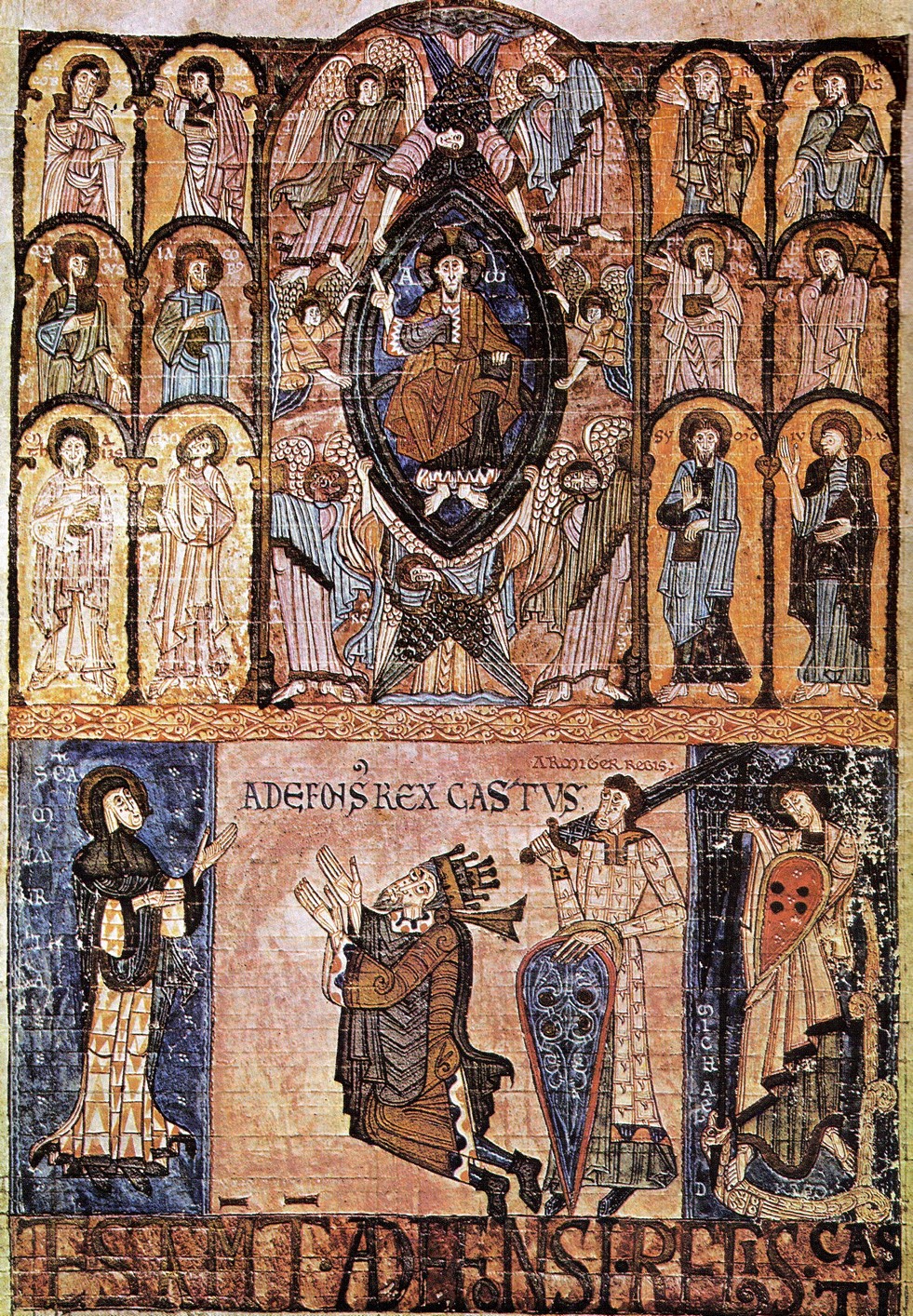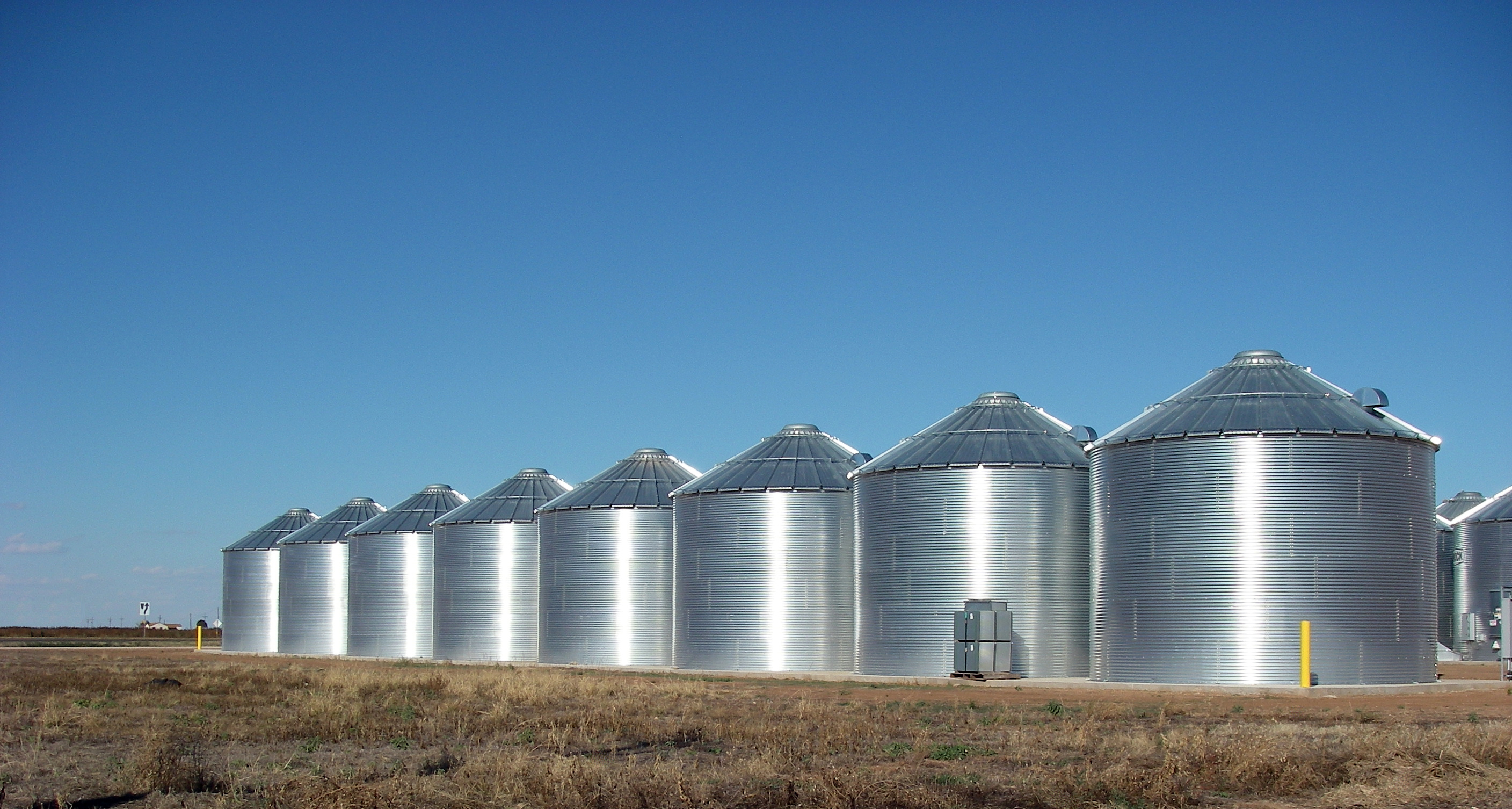|
Nepotian Of Asturias
Nepotian ( la, Nepotianus; es, Nepociano) was briefly the king of Asturias in 842. Prior to that he served as count of the palace under his predecessor, Alfonso II, to whom he was related. Both the nature of this relationship and the legitimacy of his rule are disputed by scholars. Later sources make him Alfonso's brother-in-law, but this is chronologically implausible, nor is there evidence for such a sister. The earliest chronicle simply calls him Alfonso's kinsman. Likewise he is sometimes identified with a man of this name who appears in a charter of King Silo, but were he the same he would have been in his nineties at the time he machinated for the throne. He did not hold the crown long. The same year another kinsman of Alfonso, Ramiro, defeated Nepocian at the Battle of the Bridge of Cornellana, by the river Narcea The Narcea is a river of Asturias. It is a tributary of the Nalón River. See also * List of rivers of Spain This is an incomplete list of rivers ... [...More Info...] [...Related Items...] OR: [Wikipedia] [Google] [Baidu] |
King Of Asturias
This is a list of the rulers of the Kingdom of Asturias, a kingdom in the Iberian peninsula during the Early Middle Ages. It originated as a refuge for Visigothic nobles following the conquest of Iberia by the Umayyad Caliphate. Following the forced abdication of Alfonso III by his sons in 910, the kingdom was split into three: Asturias, León, and Galicia. All three were reunited in 924 under the Kingdom of León. For later kings, see the list of Leonese monarchs and the list of Galician monarchs. From 1388, the title Prince of Asturias has been used for the heirs to the Castillian and Spanish thrones. List Timeline ImageSize = width:600 height:550 #Tamaño de la imagen: ancho, alto PlotArea = width:50 height:530 left:50 bottom:10 #Tamaño de la gráfica en sí dentro de la imagen: ancho, alto, margen izquierdo, margen derecho DateFormat = yyyy #Formato de fechas= y-cifra de año, m-cifra de mes, d-cifra de día. Period = from:718 till:927 #Período de tiempo repr ... [...More Info...] [...Related Items...] OR: [Wikipedia] [Google] [Baidu] |
Count Of The Palace
Count (feminine: countess) is a historical title of nobility in certain European countries, varying in relative status, generally of middling rank in the hierarchy of nobility. Pine, L. G. ''Titles: How the King Became His Majesty''. New York: Barnes & Noble, 1992. p. 73. . The etymologically related English term "county" denoted the territories associated with the countship. Definition The word ''count'' came into English from the French ''comte'', itself from Latin ''comes''—in its accusative ''comitem''—meaning “companion”, and later “companion of the emperor, delegate of the emperor”. The adjective form of the word is "comital". The British and Irish equivalent is an earl (whose wife is a "countess", for lack of an English term). In the late Roman Empire, the Latin title ''comes'' denoted the high rank of various courtiers and provincial officials, either military or administrative: before Anthemius became emperor in the West in 467, he was a military ''comes ... [...More Info...] [...Related Items...] OR: [Wikipedia] [Google] [Baidu] |
Alfonso II Of Asturias
Alfonso II of Asturias (842), nicknamed the Chaste ( es, el Casto), was the king of Asturias during two different periods: first in the year 783 and later from 791 until his death in 842. Upon his death, Nepotian, a family member of undetermined relation, attempted to usurp the crown in place of the future Ramiro I. During his reign, which covered a span of 51 years, Alfonso discovered the supposed tomb of St. James the Great (called in Spanish) in the town of Compostela, which later became known as the city of Santiago de Compostela. He was the son of Fruela I and Munia, a Basque woman captured and brought back to Asturias by the former following a military campaign. Early life He was born in Oviedo in 759 or 760. He was put under the guardianship of his aunt Adosinda after his father's death, but one tradition relates his being put in the Monastery of San Xulián de Samos. He was the governor of the palace during the reign of Adosinda's husband Silo. On Silo's deat ... [...More Info...] [...Related Items...] OR: [Wikipedia] [Google] [Baidu] |
Silo Of Asturias
A silo (from the Greek σιρός – ''siros'', "pit for holding grain") is a structure for storing bulk materials. Silos are used in agriculture to store fermented feed known as silage, not to be confused with a grain bin, which is used to store grains. Silos are commonly used for bulk storage of grain, coal, cement, carbon black, woodchips, food products and sawdust. Three types of silos are in widespread use today: tower silos, bunker silos, and bag silos. Types of silos Tower silo Storage silos are cylindrical structures, typically 10 to 90 ft (3 to 27 m) in diameter and 30 to 275 ft (10 to 90 m) in height with the slipform and Jumpform concrete silos being the larger diameter and taller silos. They can be made of many materials. Wood staves, concrete staves, cast concrete, and steel panels have all been used, and have varying cost, durability, and airtightness tradeoffs. Silos storing grain, cement and woodchips are typically unloaded with ... [...More Info...] [...Related Items...] OR: [Wikipedia] [Google] [Baidu] |
Ramiro I Of Asturias
Ramiro I (c. 790 – 1 February 850) was king of Asturias (modern-day Spain) from 842 until his death in 850. Son of King Bermudo I, he became king following a succession struggle after his predecessor, Alfonso II, died without children. During his turbulent reign, he fended off attacks from both Vikings and Moors. Architecturally, his recreational palace Santa María del Naranco and other buildings used the '' ramirense'' style that prefigured Romanesque architecture. He was a contemporary of Abd ar-Rahman II, Umayyad Emir of Córdoba. Reign Gaining the throne The death of King Alfonso II brought about a succession crisis in the Kingdom of Asturias. According to the ''Chronicle of Alfonso III'', credited to Ramiro's grandson, the childless Alfonso II chose as his successor Ramiro, his distant kinsman and son of Alfonso's predecessor Bermudo I. At the time of King Alfonso's death, Ramiro was outside of Asturias in Castile (or ''Bardulia'' according to the ''Chronicle of Alf ... [...More Info...] [...Related Items...] OR: [Wikipedia] [Google] [Baidu] |
Narcea
The Narcea is a river of Asturias. It is a tributary of the Nalón River. See also * List of rivers of Spain This is an incomplete list of rivers that are at least partially in Spain. The rivers flowing into the sea are sorted along the coast. Rivers flowing into other rivers are listed by the rivers they flow into. Rivers in the mainland Iberian Peninsu ... Rivers of Spain Rivers of Asturias {{Spain-river-stub ... [...More Info...] [...Related Items...] OR: [Wikipedia] [Google] [Baidu] |
List Of Asturian Monarchs
This is a list of the rulers of the Kingdom of Asturias, a kingdom in the Iberian peninsula during the Early Middle Ages. It originated as a refuge for Visigothic Kingdom, Visigothic nobles following the Umayyad conquest of Hispania, conquest of Iberia by the Umayyad Caliphate. Following the forced abdication of Alfonso III of Asturias, Alfonso III by his sons in 910, the kingdom was split into three: Kingdom of Asturias, Asturias, Kingdom of León, León, and Kingdom of Galicia, Galicia. All three were reunited in 924 under the Kingdom of León. For later kings, see the list of Leonese monarchs and the list of Galician monarchs. From 1388, the title Prince of Asturias has been used for the heirs to the Kingdom of Castile, Castillian and Spain, Spanish thrones. List Timeline ImageSize = width:600 height:550 #Tamaño de la imagen: ancho, alto PlotArea = width:50 height:530 left:50 bottom:10 #Tamaño de la gráfica en sí dentro de la imagen: ancho, alto, margen izquierdo, m ... [...More Info...] [...Related Items...] OR: [Wikipedia] [Google] [Baidu] |
.jpg)


